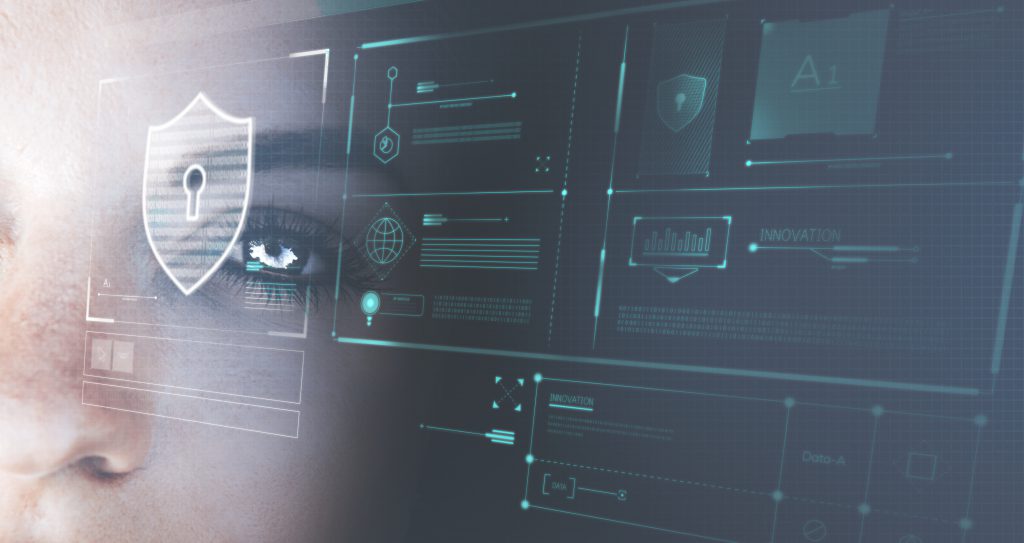Business process automation has become an essential part of digital transformation initiatives for enterprises. Almost all enterprise IT decision-makers cite process automation as a critical driver of innovation and necessary in achieving business outcomes. While automating business processes is gaining significant attention, are IT professionals investing enough in automating engineering functions related to Security and DevSecOps? Are they methodically addressing security automation to derive maximum benefits from it?
Commonly, organizations receive thousands or even millions of alerts each month that the security staff must monitor. They must guard a much larger attack surface now with the prevalence of several types of devices, apps, and cloud systems. Manually addressing these threats is almost impossible. Automation becomes increasingly necessary to defend the applications and infrastructure against threats that might slip through the cracks due to human error. In fact, according to a global security automation survey, 80% of surveyed organizations reported high or medium levels of automation in 2021.
This article guides security professionals through various potential areas of security automation and the critical role of DevSecOps in CI/CD pipelines.
What security functions can be automated?
Opportunities to automate security functions are limitless, like any other business area. However, a methodical approach to identifying automation areas, besides prioritizing the same based on the frequency of activities, is critical to the success of automation initiatives. The following classification can act as a broad guideline for security automation:
- Endpoints & Network Security
- Vulnerability Assessment
- Incident response management
- Cloud Security
Endpoints & Network Security
Identifying evasive attacks across security layers by consolidating data from the security environments is the goal of extended detection and response solutions (XDR), a critical method of security operations automation. XDR enables security analysts with data that helps them investigate and respond to various incidents, often directly integrated with standard security tools. Essential automation functions to ensure security across endpoints, networks, and cloud systems include:
- Alert Monitoring
- Attack Investigation
- Proactive threat hunting
- Incident response guidance
Vulnerability Assessment
A range of vulnerability assessments aims to protect against data breaches and ensure the availability of IT infrastructure. They determine if the system is vulnerable to any known vulnerabilities, give severity ratings to those vulnerabilities, and, if and when necessary, offer remediation or mitigation. The issues of a growing pool of vulnerabilities and limited time available to fix these vulnerabilities are addressed by automating vulnerability scanning. These scanners detect vulnerabilities in a variety of network assets, including servers, databases, applications, regulatory compliance, laptops, firewalls, printers, containers, and so on.
Incident Response Management
Automated management of responses by orchestrating several operations across security tools is the critical function of Security Orchestration, Automation, and Response (SOAR) methods. SOAR enables security teams to effectively triage alerts, respond quickly to cybersecurity events, and deploy an efficient incident response program. Three key areas of automation include:
- Threat and vulnerability management
- Incident response management
- Security operations executions
Cloud Security
As businesses move to public cloud environments that provide on-demand access to computing, networking, storage, databases, and apps, security automation becomes increasingly important. The possible security risks generated by manually setting security groups, networks, user access, firewalls, DNS names, and log shipping, among other things, are eliminated by automating infrastructure buildouts. Further, monitoring security configurations across numerous instances of resources across single, multiple, and hybrid cloud systems is another area where automation is quite helpful in a cloud context.
DevOps and DevSecOps
Providing more ownership to development teams in deploying and monitoring their applications is the goal of DevOps. Automation of provisioning servers and deploying applications is critical for DevOps success. Software applications are complex and can potentially have many security issues ranging from harmful code to misconfigured infrastructure/environments. Integrating security processes and, more importantly, automating them as part of the DevOps workflows is the goal of DevSecOps.
CI/CD Pipeline and Continuous Operations
Integration of security automation into the CI/CD pipeline processes without adversely affecting development speed and quality is essential. Automation should enable uninterrupted security compliance checks within the continuous development workflow. Besides, as described in the previous sections, various automation areas apply to the Continuous Operations workflows. Critical automation activities include:
- Environment standardization and preparation
- Container scanning for vulnerabilities
- User identity & access management (IAM)
- Security patch updates for known vulnerabilities
- System and service configuration
- Secure access to APIs
- Data encryption across the workflows
- Static & Dynamic Application Security Testing (SAST and DAST)
- Integrated security tests in the acceptance process
Focus on DevSecOps is increasing as per a survey conducted by GitLabs in 2021. DevOps teams are running more security scans than ever before: over half run SAST scans, 44% run DAST, and around 50% scan containers and dependencies. And 70% of security team members say security has shifted left.
Methods of Automation
As technology advances, the automation methods applicable for security processes also expand. Teams are leveraging advanced automation techniques on one side while also broadening the scope of automation. Following are the popular techniques followed by enterprises in security automation besides classic opportunistic script-driven automation:
- Security Orchestration, Automation, and Response (SOAR)
- Security Information and Event Management (SIEM)
- Robotic Process Automation (RPA)
- AI/ML-driven automation
It is worth noting that AI/ML is becoming a reality as the technology matures. It is not a surprise to learn that over 3 out of 4 IT executives in a cybersecurity survey conducted two years ago said that automation and AI maximized the efficiency of their security staff.
Chainyard in Security and DevOps Automation
Our comprehensive services in Cyber Security and Cloud & DevOps help enterprises significantly enhance their security profile. The following customer success stories demonstrate how we applied advanced techniques for improving security and transforming DevOps:

